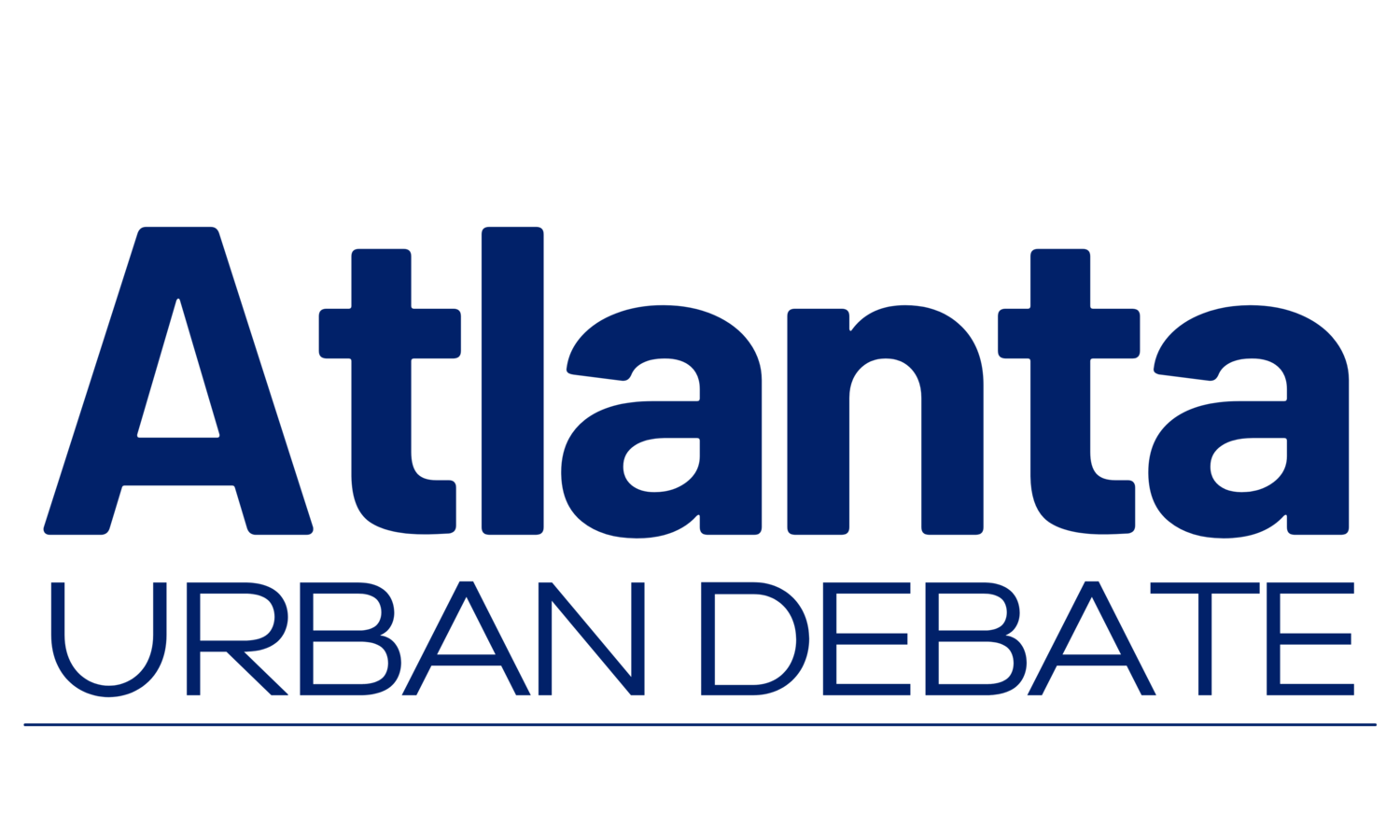The Atlanta Urban Debate League is committed to providing excellent debate education programs, services, and opportunities to diverse students, educators, and members of the community!
Middle School JV Curriculum Guide
Evidence Comparison (ABCD)
Look at your evidence packet. There are cards that say one thing, and there are some that say the opposite. Although the topic changes from year to year, one thing doesn’t – people disagree. You’re a Junior Varsity debater, so you know that you should be extending those cards. But how do you figure out whether the affirmative or negative is correct? Or, more importantly, how do you convince the judge that your evidence is correct?
The answer is evidence comparison. That’s when you compare your cards to your opponents’ cards. You’ll need to do this as a tiebreaker of sorts – the judge understands that both you and the other team read evidence and made arguments, but you’ll need to convince them that yours are higher-quality!
Use the acronym ABCD to remember kinds of comparisons that you can make:
A: Author. Who wrote the card? Look at the qualifications listed after or under their name. If you’re citing a professor or a research director, they’re probably more qualified than a journalist or a reporter – look for evidence of expertise or specialization. Also, look at their publisher. Sometimes these can help you figure out whether the author has a bias. For example, if you’re reading a card published in the New York Times or the Wall Street Journal, the author may not be as biased as someone writing for Breitbart or HuffPost.
B: Basis. What facts or data is the card citing? Some cards cite hard numbers or empirical examples, while others ground their arguments in reasoning and logic. While both are valid strategies, if your evidence uses numbers, you can sound more precise in your debate rounds. If both your card and your opponents’ cards use numbers, however, compare the studies where those numbers came from. Maybe your card uses multiple studies while theirs only cites one. The more studies, the better the evidence, so you can also use the number of studies cited to compare evidence.
C: Context. What does the rest of the card say? Sometimes authors will be less certain of their arguments than you’d like them to be, and sometimes debaters argue something that their author does not. Look at the un-underlined parts of each card to see if you can find places where authors contradict themselves or say things that weaken the arguments the other team is making.
D: Date. When was the card published? Evidence that’s more recent tends to be better. That’s because it may account for new changes. Recency is most important in inherency and uniqueness debates, as both of those arguments are about what’s happening right now. If you have evidence that’s more recent than your opponents’ in one of those areas, make sure to explain why that matters to the judge.
